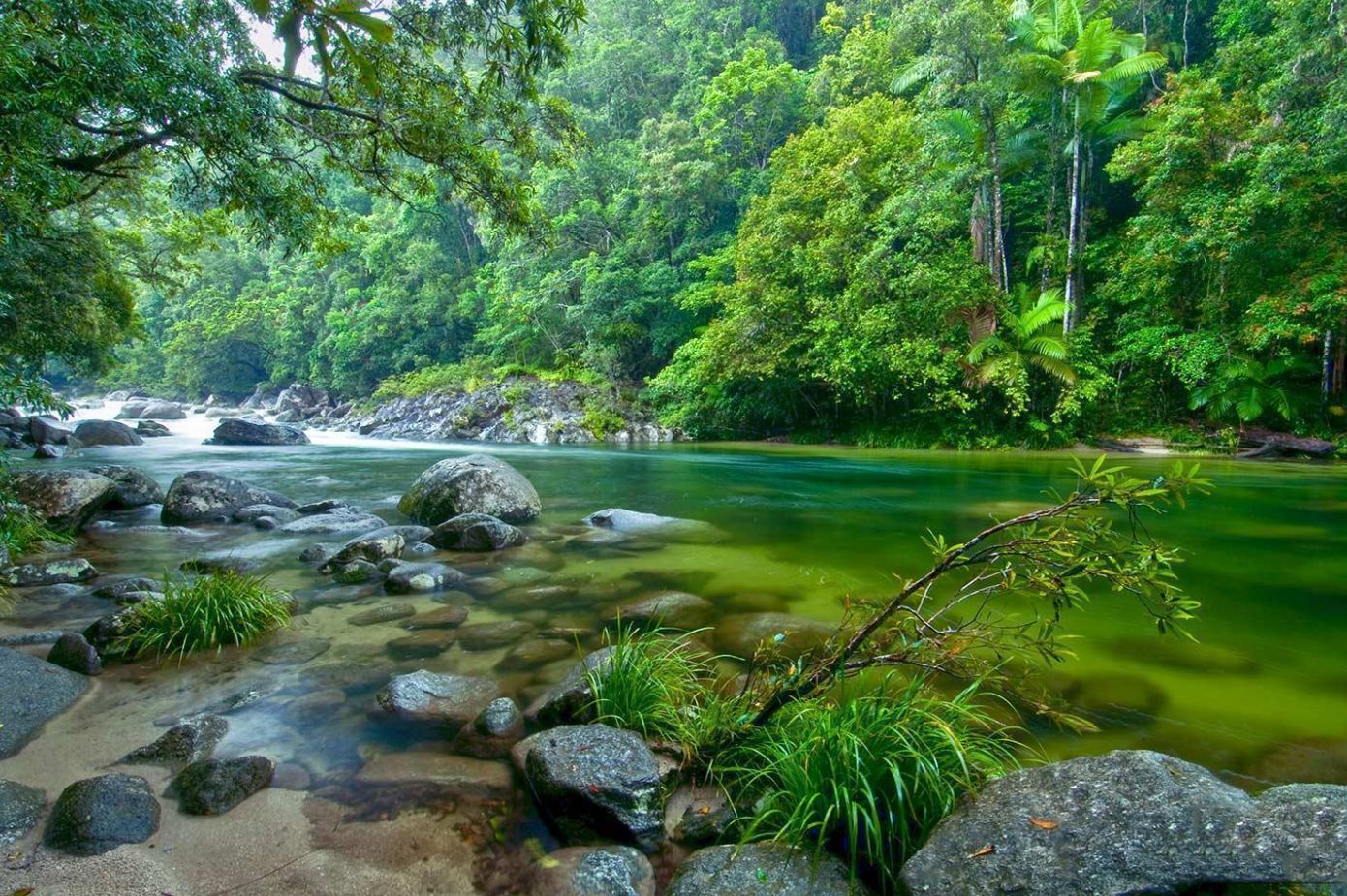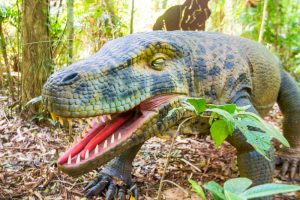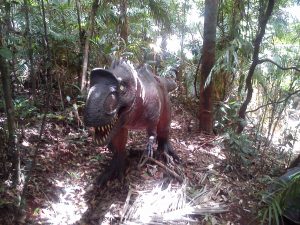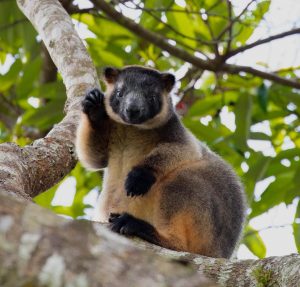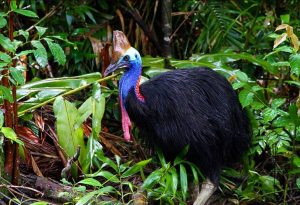The Daintree rainforest is a national park in Far North Queensland, Australia, 1,757 km (1,092 mi) northwest of Brisbane and 100 km (62 mi) northwest of Cairns. It was founded in 1981 and is part of the Wet Tropics of Queensland.
The entrance to Daintree National Park is located south of the Daintree River at Mossman Gorge where a visitor centre has been built from where tourists take a shuttle bus to the gorge, where they can take a walk or a refreshing swim.
The most spectacular and oldest part of the Daintree rainforest is north of the Daintree River.
After crossing the river on an old-fashioned cable ferry there is a range of boardwalks and untouched beaches to explore.
It contains significant habitat for rare species and prolific birdlife.
Mossman Gorge section
The Great Dividing Range is close to the coast in this region. This section covers 56,500 ha of mostly inaccessible rainforests and mountain woodlands.
The popular Mossman Gorge is located in the southern part of the park.
Cape Tribulation section
Cape Tribulation also lies in the park.
This section covers 17,000 ha including the coastal range (Thornton’s Peak, Mt Hemmant, and Mt Sorrow, going north from the Daintree river) and contains Australia’s last extensive stands of lowland rainforest.
It has extensive (and relatively) unspoiled beaches from Thornton Beach to Cape Tribulation beach – fringed with the increasingly rare littoral (beachside) rainforest. The Daintree River is the southern boundary for the region – reinforced by the need to take a cable ferry across the Daintree River.
Dagmar
The Daintree River forms the locality of Dagmar’s north-eastern, northern, and north-western boundaries, while the Daintree Range loosely forms its southern boundary.
Noah
The northern and eastern parts of the locality of Noah are within the Daintree National Park.
Flora
Much of the national park is covered by tropical rainforests.
The Greater Daintree Rainforest has existed continuously for more than 110 million years, making it possibly the oldest existing rainforest.
Fauna
The park supports more than 430 bird species. The wompoo fruit-dove is one of six species of pigeon that live in the park as well as significant populations of the endangered cassowary, a flightless bird of substantial size.
The buff-breasted paradise kingfisher is a seasonal visitor.
Mammals include the striped possum, Daintree River ringtail possum, brown bandicoot, long-nosed bandicoot, musky rat-kangaroo, Bennett’s tree kangaroo, swamp wallaby, platypus, and short-beaked echidna. At least 23 species of reptile and 13 species of amphibian can be found in the park.
Among the reptiles present are Boyd’s forest dragon, eastern water dragon, chameleon gecko, northern leaf-tailed gecko, the scrub or amethystine python, keelback, and the green and northern tree snakes.
Frogs found in the park include the Australian laced, white-lipped treefrog, colorful-eyed treefrog, and common mist frog. The introduced cane toad is also present in the park.

